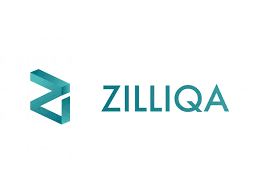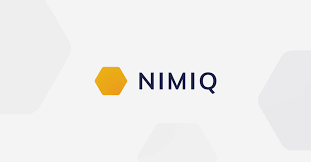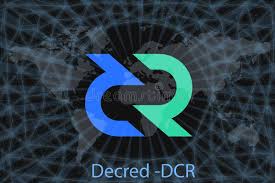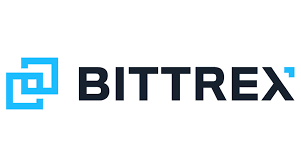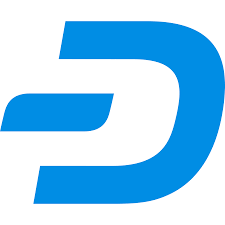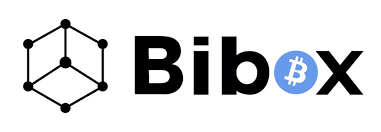Most cryptocurrencies today do not represent any new technology. They are just a modification of another digital coin. So, at the moment, many coins are a complete copy of bitcoin. Some altcoins have gone further and changed or added new features, such as Litecoin, but the technology has not changed dramatically. Others, for example, the Zcash cryptocurrency, took the code of the main cryptocurrency only as a basis, while the key technologies were developed practically from scratch.
Komodo (KMD) is one of the most interesting cryptocurrencies, which is not an ordinary fork of Zcash, but a unique project in which the dPoW (Delayed Proof-of-Work) consensus algorithm was first implemented. Komodo is a decentralized ecosystem that includes several innovative tools.
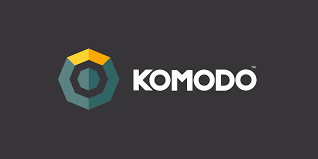
Delayed Proof-of-Work
Perhaps the most interesting thing about Komodo is the unique consensus algorithm, which was developed by the project team from scratch. Delayed Proof-of-Work is a two-tier algorithm. It is like a hybrid of reaching consensus in two networks at once, directly in Komodo and in the Bitcoin blockchain.
Each of the levels has its network of nodes (nodes). Consensus in Komodo is achieved in the following way: first, transactions are collected into one pool and verified by ordinary Komodo nodes, the operator of which can be anyone. After this verification, transactions are sent to special nodes for verification in the Bitcoin network. They are called notaries, and their number is only 64 nodes. These nodes are controlled by verified operators, which are selected according to several parameters:
- Equipment specifications;
- Geolocation of the notary node;
- The number mined in the KMD test network;
- Experience and interest in the field of blockchain, mining, and cryptocurrencies.
As for the hardware, it must meet the following minimum parameters: 64 GB of RAM, 1 TB of SSD drive, and a channel with a bandwidth of more than 100 MB/s.
This system provides double protection and security. Additional verification on the Bitcoin network allows Komodo to be one of the safest cryptocurrencies, if not the most secure. Because to hack the Komodo network, you need to hack Bitcoin, and in the ten years of its existence, no one has managed to do this yet.
Jumblr
Jumblr is a Komodo privacy feature that was developed by the team using one of the Zcash technologies. The principle of Jumblr is that it sends KMD tokens from a public address through a series of private, untracked addresses, which makes the tokens invisible to the address specified by the user. Such a system makes transactions completely anonymous – neither the recipient’s, nor the sender’s, nor the payment amount can be tracked.
The zk-SNARK protocol (zero-knowledge proof) was used as a base for Jumblr. It is the key technology of the anonymous cryptocurrency Zcash (ZEC). Simply put, the work of zk-SNARK is based on the fact that two computers coexist in the system. A controller and a verifier make it possible with a 100% probability to confirm the presence of the required number of tokens to send a payment on the sender’s account without the need to disclose transaction data (address of the sender, recipient, amount). It avoids double-spending.
However, in addition to anonymous transactions, Jumblr technology also involves sending ordinary payments, without the need to download the blockchain, by using the Lite Mode (SPV Mode).
Equihash
Another feature that Komodo borrowed from Zcash is the Equihash hashing algorithm. The Equihash hash function is based on the Birthday Paradox – one of the basic mathematical laws used to calculate probability.
The peculiarity of this algorithm is that, unlike SHA-256, for which the speed of performing calculations per unit of time is of decisive importance, for Equihash the indicator of the amount of the device’s RAM is important. Thanks to this, it is possible to mine KMD (as a standard node) not only on ASIC devices (Antminer Z9 mini and A9 ZMaster models) but also on AMD and NVIDIA video cards.
Komodo cryptocurrency: advantages and disadvantages
As you can see, the Komodo cryptocurrency is not just another fork. Therefore, it is quite fair to say that this cryptocurrency has advantages that are not inherent in all coins:
- High level of security – the use of a two-tier transaction verification system provides a level of network reliability and security that no other cryptocurrency has;
- Atomic swaps – the ability to send cross-chain transactions is one of the trends in the development of cryptocurrencies;
- Anonymity and confidentiality – thanks to the use of the zk-SNARK protocol, Komodo can send both regular and encrypted transactions that do not reveal the data of the sender and recipient;
- Innovative solutions – Komodo cryptocurrency developers were the first to propose decentralized ICOs, which are anonymous and more secure than traditional initial coin offerings. Also, users can create their peer chains based on Komodo;
- High network speed – Komodo’s network is fast and efficient even when the traffic is high. Some explain this by the fact that the Komodo cryptocurrency is still young, and the network is not yet heavily loaded.
Technically, the project is doing great, but the KMD cryptocurrency is not very popular, and one of the main reasons is weak marketing promotion. The team pays little attention to brand promotion and community expansion.
Also, the developers want to develop the project in several directions at once: ICO, atomic swaps, and the creation of anonymous and cheap cryptocurrency. However, given the small team and not such serious financial capabilities as other cryptocurrencies, a big question arises, will everything be implemented in the best possible way? Time will show.
